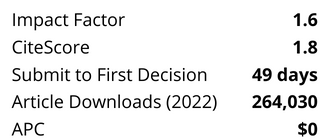Assimilate sludge to a fuel is not new. Sludge incineration and Combined Heat and Power (CHP) engines powered with sludge-derived anaerobic digestion gas (ADG) are operations widely used. However, they have a room of improvement to reach simultaneously a positive net power generation and a significant level of waste reduction and stabilization. Gasification has been used in other realms for the conversion of any negative-value carbon-based materials, that would otherwise be disposed as waste, to a gaseous product with a usable heating value for power generation . In fact, the produced gas, the so-called synthetic gas (or syngas), could be suitable for combined heat and power motors. Within this framework gasification could be seen as an optimum alternative for the sludge management that would allow the highest waste reduction yield (similar to incineration) with a high power generation.
Although gasification remains a promising route for sewage sludge valorisation, campaigns of measurements show that is not a simple operation and there are still several technical issues to resolve before that gasification was considered to be fully applied in the sludge management. Fluidised bed was chosen by certain technology developers because it is an easy and well known process for solid combustion, and very suitable for non-conventional fuels. However, our tests showed a poor reliable process for gasification of sludge giving a low quality gas production with a significant amount of tars to be treated. The cleaning system that was proposed shows a very limited removal performance and difficulties to be operated.
Within the sizes of more common WWTP, an alternative solution to the fluidised bed reactor would be the downdraft bed gasifier that was also audited. Most relevant data of this audit suggest that the technology is more adapted to the idea of sludge gasification presented in the beginning of this paper where a maximum waste reduction is achieved with a great electricity generation thanks to the use of a “good” quality syngas in a CHP engine. Audit show also that there is still some work to do in order to push sludge gasification to a more industrial stage.
Regardless what solution would be preferred, the resulting gasification system would involve a more complex scenario compared to Anaerobic Digestion and Incineration, characterised by a thermal dryer and gasifier with a complete gas cleaning system. At the end, economics, reliability and mass and energy yields should be carefully analysed in order to set the place that gasification would play in the forthcoming processing of sewage sludge.




%20cropped.png?versionId=5954)